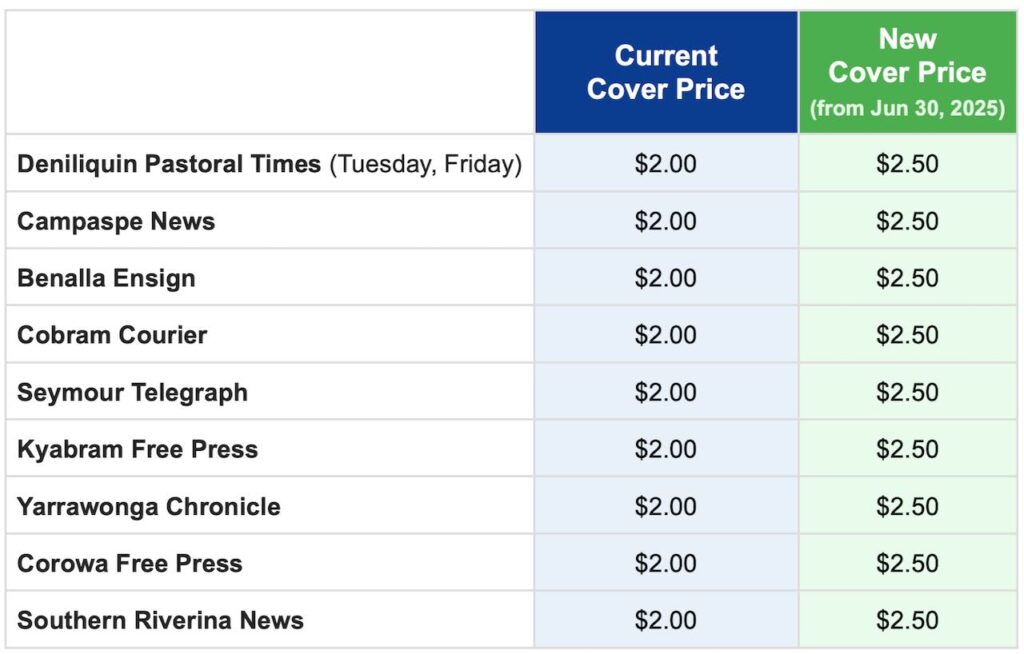People are driving hours for change
We had people in the newsagency yesterday who had driven more than two hours to get some of these $2 coins in their change.

The are avid coin collectors and knew the only place they could get the $2 coins in their change is a newsXpress store. They bought some things and were thrilled to get some of these coins in their change.
One million of these coins are being circulated through newsXpress registers as people collect the new coloured coin. The coloured coin released from the Royal Australian Mint are their most popular coin releases each year. It is a privilege I’m grateful for that newsXpress shops are the distribution point for these coins.
The coin program was not mandatory for newsXpress members. Those who did not order have been frustrated by the many shoppers who visited seeking these coins. It’s a lesson learned.
This release reinforces interest in physical currency as well as the relevance of our fleet of shops across regional and rural Australia in serving a national release like this.
The public interest has been phenomenal because of the beloved licence and the extraordinary media coverage, which has included:
- Thursday 12 June – Ch 7 Sunrise weather crosses with Sam Mac (6.10am, 6.35am, 7.10am, 7.35am, 8.10am and 8.35am)
- Thursday 12 June – Ch 7 The Morning Show in studio interview with Sophie Tedmanson and Emily Martin
- Thursday 12 June – Ch 7 News, The Bright Side segment with Grace Fitzgibbons
- Thursday 12 June – ABC TV news interview
- Thursday 12 June – Sunrise cooking segment with Julie Goodwin
- Friday 13 June – Today Extra cooking segment with Fran Abdallaoui
- Wednesday 12 June – 4BC Brisbane interview with Pamela Clarke and Sofie Formica
- Friday 13 June – The Daily Telegraph, Pg 7 news story
- Friday 13 June – Courier Mail QLD, Pg 10 news story
This is less than half the coverage in mainstream media. On top of this there has been excellent influencer coverage, all driving foot traffic for newsXpress shops.
Coin customers are loyal. A typical collector will spend around $1,000 a year on their collection. They will also buy other items, cards, stationery, magazines, while shopping. Many will travel hours to get to the shop they love, the shop they know will offer what they want.
I appreciate there are some in our channel who talk down coins as a category for Aussie newsagencies. To these doubters I’d say talk to the newsXpress members who engaged with the opportunity. Some of them may speak to the thousands of dollars in gross profit they have banked and the terrific add-on sales achieved.
This program has been good news for the Aussie newsagency channel and I am so grateful to have been part of it.
Oh, and on the $2 coin. If you get one in change, you can sell it for three and four times the price – it’s already that valuable.








